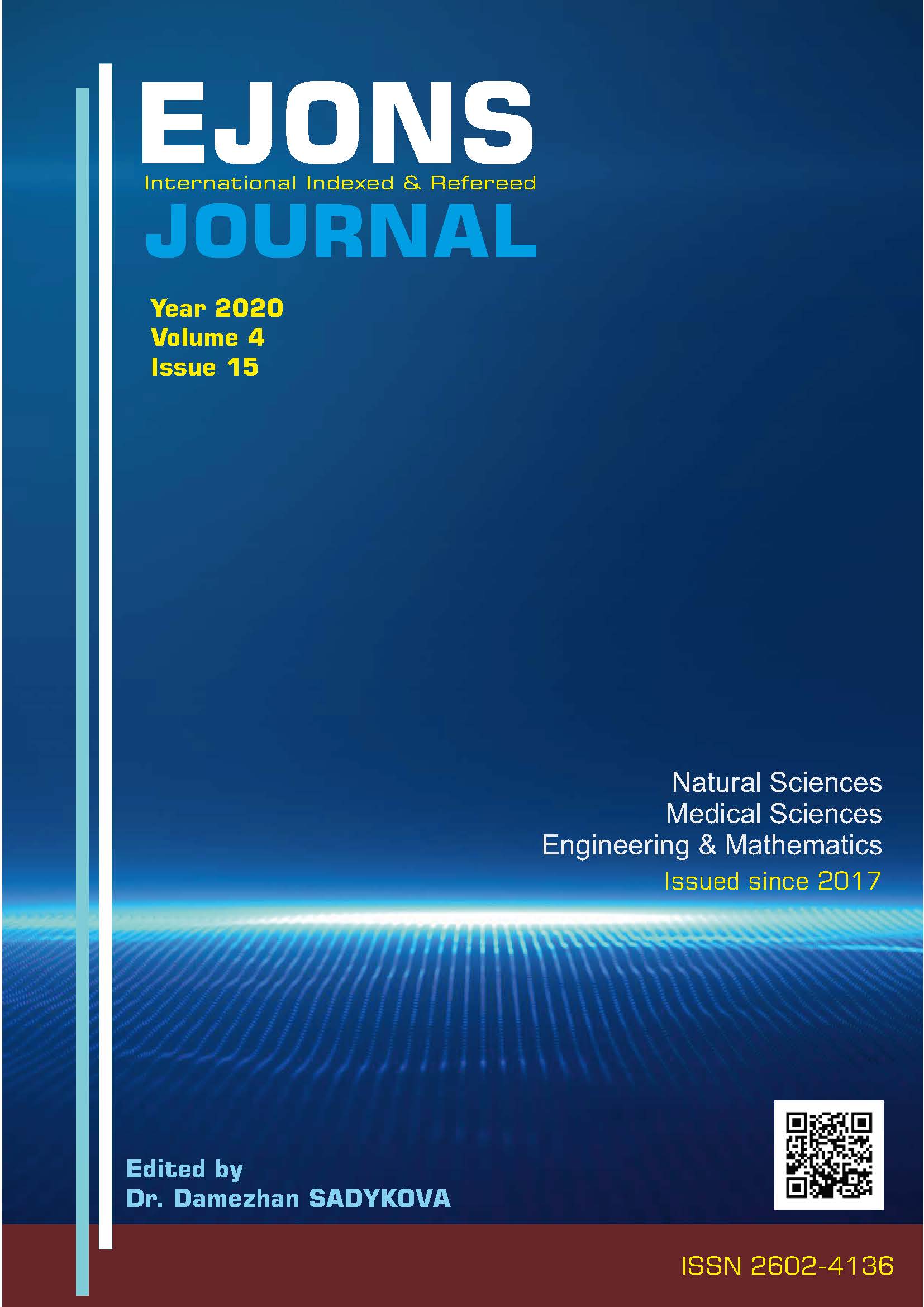Influence of Ulva rigida (Ulvophyceae) aqueous extracts on the growth and biochemical composition of Treptacantha barbata (Phaeophyceae)
DOI:
https://doi.org/10.38063/ejons.314Keywords:
Seaweed fertilizer, Treptacantha barbata, Culture, ProximateAbstract
Macroalgae, the most important producers of the aquatic environment and they meet the nutritional needs of many aquatic organisms via photosynthesis. Besides, macroalgae are consumed as human food and animal feed, macroalgae extracts are also used in many areas. They are used as fertilizers in many countries because they are rich in nitrogen, and they contain bioactive substances, macro and micronutrients that control many physiological events in plants. In this study, the green macroalga fertilizer extract obtained from Ulva rigida C. Agardh, which cause the coastal pollution was used in the cultivation of economically crucial macro alga Treptacantha barbata (Stackhouse) Orellana & Sansón. In the experiments, the nutrient salt content of the liquid alga fertilizer extract obtained from U. rigida was determined and according to the results obtained two different concentrations (1ml/l (U1), 2 ml/l (U2)) were used in experiments. Also, Conway medium was used in the control group. Culture experiments were carried out for 35 days, and mediums of the groups were renewed every five days. At the end of the experiment, the growth rates and their biochemical compositions of the groups were examined. The highest growth rate was determined in the control group. The growth rate of the groups showed statistical differences (p ?0.05). The lowest growth rate was found in U1 group. The lipid content of the groups varied between 1.20±0,07 and 1.99±0,06 %. The highest crude protein content was found in the control group (p ?0.05). There were no significant statistical differences between the groups (p?0.05). The highest polyunsaturated fatty acids were found in the U1 group (p?0.05). At the end of the study, we found that U1 concentration increases the lipid and polyunsaturated fatty acid content of T. barbata. This work was supported by ÇOMU BAP from project number FYL-2014-294.
Downloads
Published
How to Cite
Issue
Section
License

This work is licensed under a Creative Commons Attribution-NonCommercial 4.0 International License.


